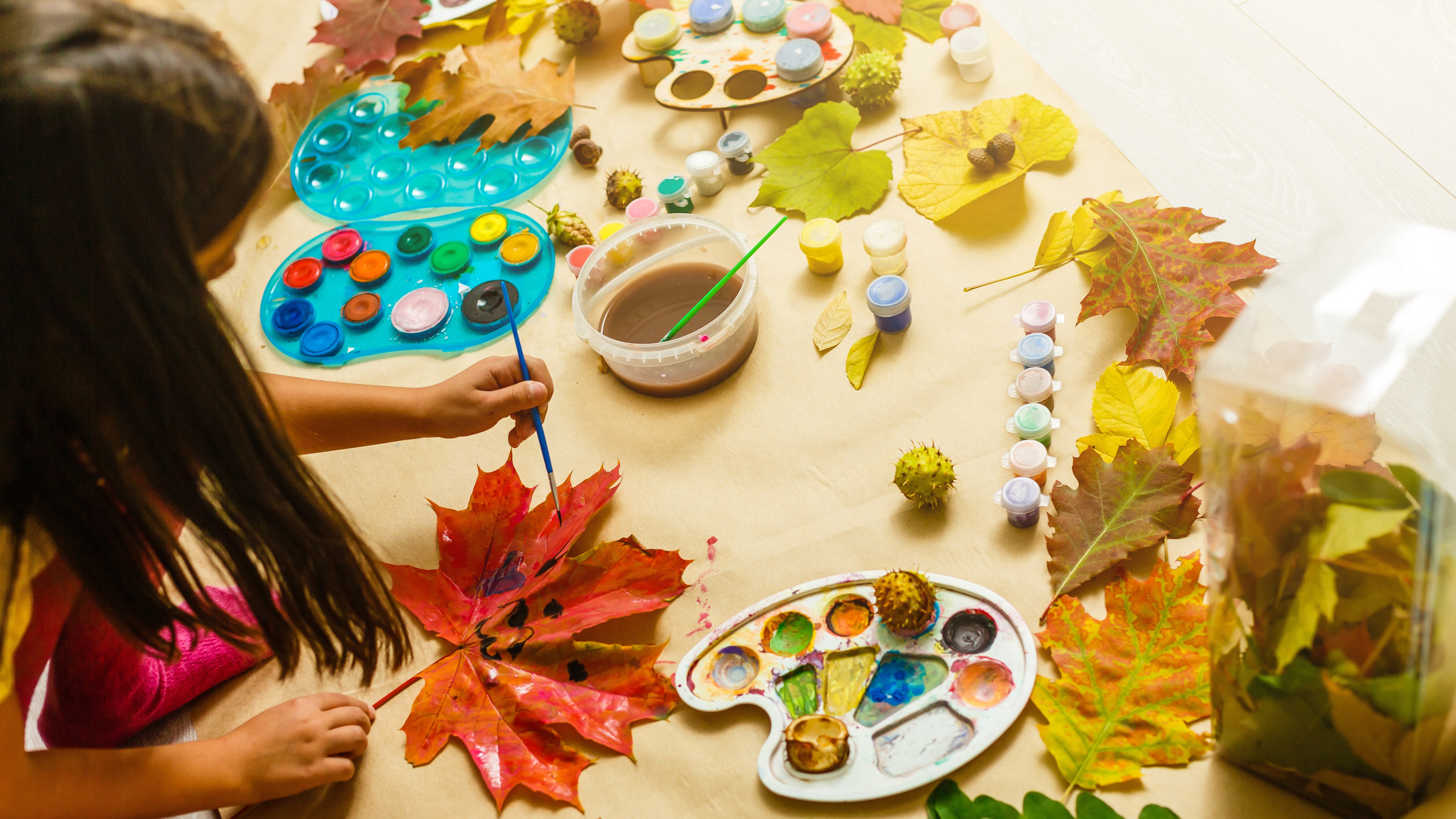Finding and managing materials is one of the most difficult facets of teaching art in a regular brick-and-mortar classroom. Now that teachers have transitioned from teaching in a classroom to teaching online, finding materials just got more difficult -- there aren’t any!
The problem: Students do not have access to the same materials. Some may have a giant paint set at home, while others only have lined notebook paper and a pencil.
The solution: Never fear! You CAN teach art to students who have different or limited materials at home. Here are a few strategies you can implement to teach art whether your students have materials or not.
Strategy One
Focus on sketching and drawing activities since all students need is a pencil and paper. There are many different topics you can direct students to draw or sketch. You can also teach different techniques such as subtractive drawing, blind contour drawing, contour drawing, and shading.
Strategy Two
Focus on found objects and materials. A “found object” is anything that a student can locate around the house or outside. Encourage students to transform those found objects into a sculpture or compose them into a collage.
Strategy Three
Focus on Earth art. Earthworks are created by artists using minimal (if any) supplies. All these artworks are created by transforming the earth. In the following example, the artist used a sunflower, sunflower petals, and leaves.

Strategy Four
Focus on color theory instead of a specific medium like painting. You can explain color theory via a video conference or in a written lesson. After the lesson, assign students a color scheme. Let students use whatever materials they have at home to create their color-scheme focused artwork. Be flexible and allow them to submit anything that meets the color scheme requirement.
Strategy Five
Focus on art history. Students can learn a lot about art by examining art history. Now that many museums have their entire collections online, have students reference a specific artist or time period. Encourage them to create a piece of artwork based on what they have observed.
As long as you are flexible with your students and are open to them working with the materials they have at home, the sky's the limit. Instead of building your lessons around teaching a specific technique, structure your lesson around a broader concept.
 Danyelle Roadman is an art teacher at Lincoln Learning Solutions and has been teaching art online for the past five years. She has also assisted in the development of Lincoln Learning Solutions’ art courses. In her spare time, Danyelle enjoys traveling, writing, reading, and creating her own artwork.
Danyelle Roadman is an art teacher at Lincoln Learning Solutions and has been teaching art online for the past five years. She has also assisted in the development of Lincoln Learning Solutions’ art courses. In her spare time, Danyelle enjoys traveling, writing, reading, and creating her own artwork.




 Danyelle Roadman is an art teacher at Lincoln Learning Solutions and has been teaching art online for the past five years. She has also assisted in the development of Lincoln Learning Solutions’ art courses. In her spare time, Danyelle enjoys traveling, writing, reading, and creating her own artwork.
Danyelle Roadman is an art teacher at Lincoln Learning Solutions and has been teaching art online for the past five years. She has also assisted in the development of Lincoln Learning Solutions’ art courses. In her spare time, Danyelle enjoys traveling, writing, reading, and creating her own artwork.